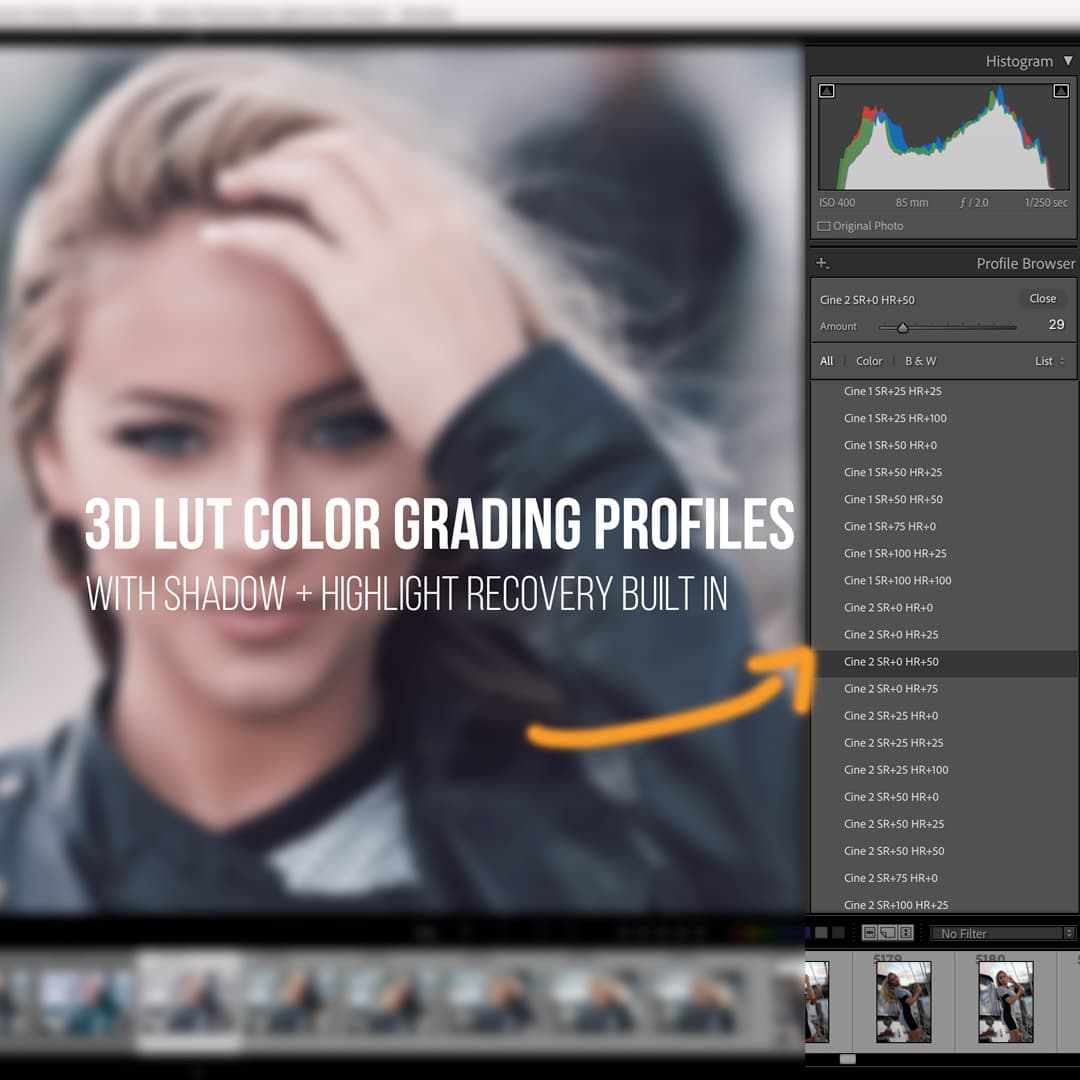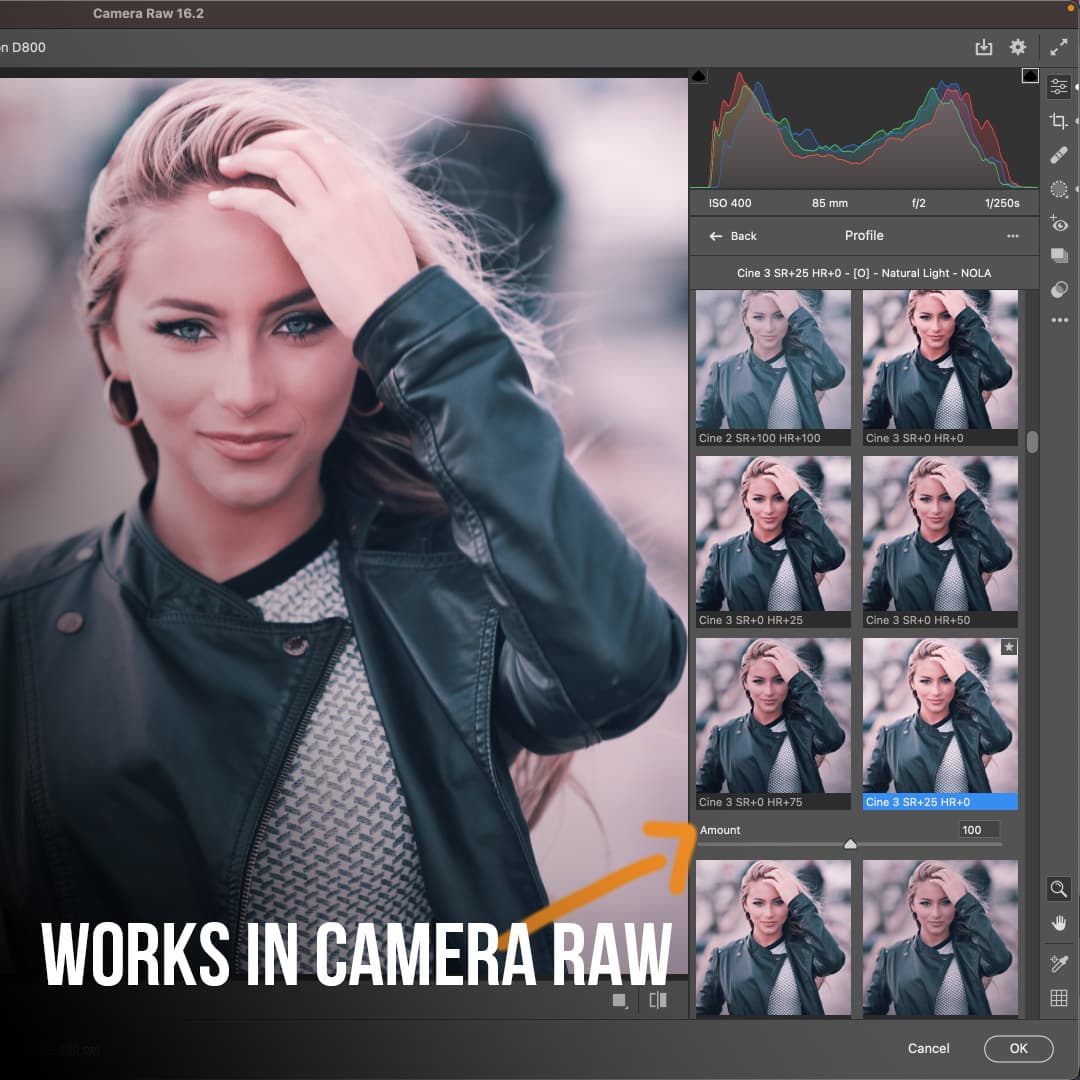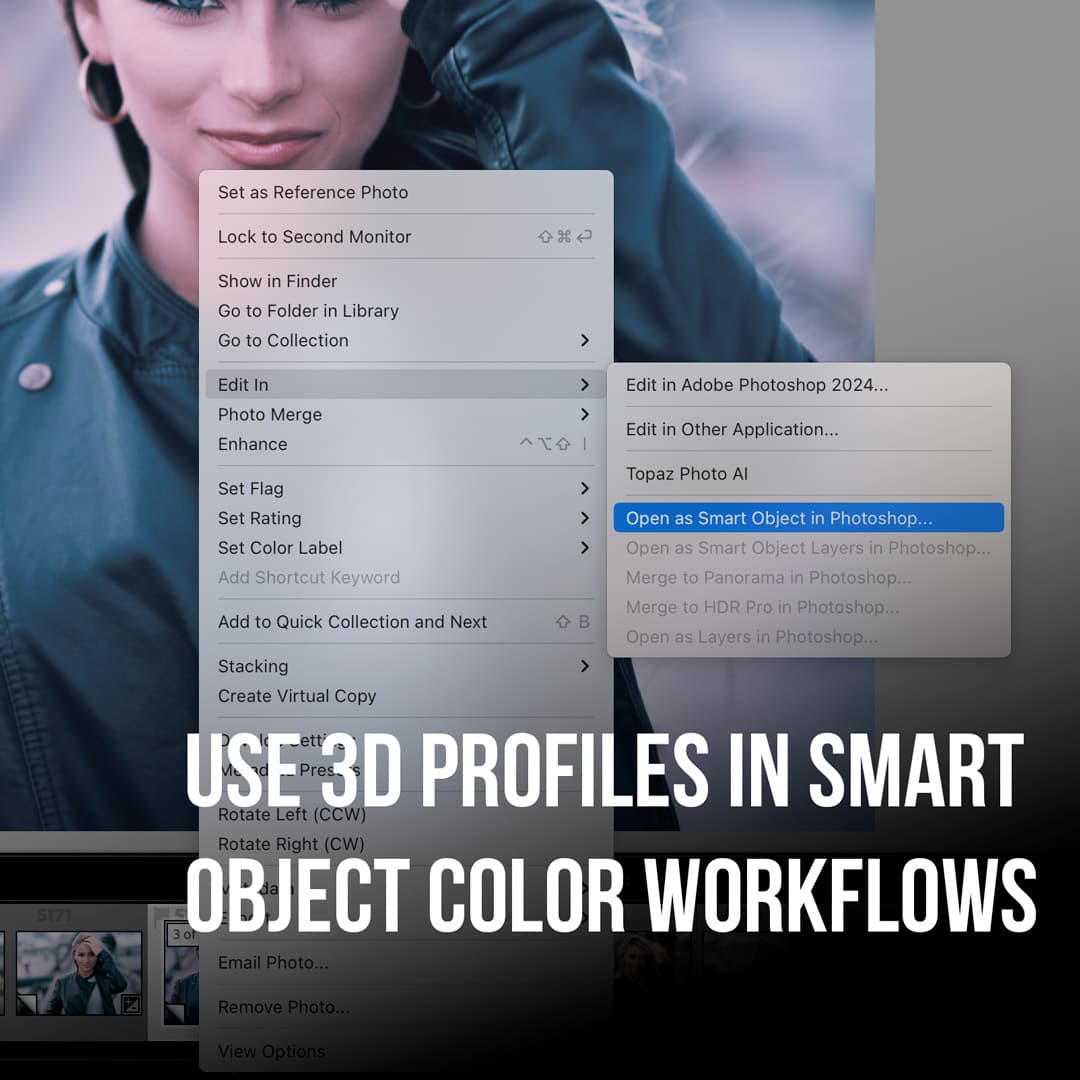Proper workspace setup is crucial for efficient background removal in Photoshop. We'll explore the essential elements of the interface and how to organize your layers for seamless editing.
Understanding Photoshop Interface
The Photoshop interface can be customized to suit our needs. We recommend arranging the workspace with the Tools panel on the left and the Layers, Properties, and History panels on the right.
To access these panels, we go to Window in the top menu and select the desired panels.
The Tools panel contains various selection tools like the Quick Selection Tool and Magic Wand, which are vital for background removal.
For easy access to frequently used tools, we can create a custom workspace. Go to Window > Workspace > New Workspace and save our preferred layout.
Setting Up the Layers Panel
The Layers panel is essential for managing our image components. We can access it by going to Window > Layers or using the F7 shortcut key.
To prepare for background removal, we start by duplicating our original layer. This creates a backup and allows non-destructive editing.
We right-click on the layer and select 'Duplicate Layer' or use the keyboard shortcut Ctrl+J (Cmd+J on Mac).
Next, we create a new transparent layer by clicking the 'New Layer' icon at the bottom of the Layers panel. This layer will serve as our new background once we remove the existing one.
We can also use layer masks for more precise editing. To add a layer mask, we select our duplicated layer and click the 'Add Layer Mask' icon at the bottom of the Layers panel.
Basic Techniques for Background Removal
Removing backgrounds in Photoshop can be accomplished through several effective methods. We'll explore three key techniques that offer varying levels of control and precision for different image types and requirements.
Using Quick Actions for Background Removal
Photoshop's Quick Actions provide a speedy solution for background removal. We can access this feature through the Properties panel or the Discover panel.
To use it, we simply open our image and click on "Remove Background" in the Quick Actions section. Photoshop's AI analyzes the image and automatically removes the background.
This method works best for images with clear subject-background separation. It's particularly effective for product photos or portraits with solid backgrounds. If the result isn't perfect, we can refine it using other selection tools.
Quick Actions save time and are ideal for batch processing multiple images. However, they may struggle with complex images or intricate details.
The Magic of the Magic Wand Tool
The Magic Wand tool is a versatile option for background removal.
We select it from the toolbar and click on the background area we want to remove. The tool selects areas of similar color.
To use it effectively, we need to adjust the tolerance level in the options bar. Then, we can use the "Add to selection" or "Subtract from selection" modes.
For complex backgrounds, we may need to make multiple selections. Once satisfied, we can inverse the selection and delete the background.
The Magic Wand excels with images that have distinct color differences between the subject and background. It's less effective for images with gradients or soft edges.
Lasso Tools and Manual Selection
For precise control, we turn to the Lasso tools. These selection tools allow us to manually outline the subject:
- Lasso Tool: Freehand drawing around the subject
- Polygonal Lasso: Creating straight-edged selections
- Magnetic Lasso: Snapping to edges automatically
We start by selecting the appropriate Lasso tool and carefully tracing around the subject. For complex shapes, we can use a combination of these tools.
To refine our selection, we use the "Select and Mask" feature. Here, we can adjust edge detection and smoothing, and feather the selection for natural-looking edges.
Lasso tools offer the most control but require more time and skill. They're ideal for images with irregular shapes or when precision is crucial.
Advanced Selection Methods
Photoshop offers powerful tools for precise selections when removing backgrounds. These advanced techniques allow for greater control and accuracy, especially with complex images.
Perfecting Selections with the Pen Tool
The Pen Tool is our go-to for creating highly accurate selections.
We start by clicking to create anchor points along the edge of the object we want to select. As we move the cursor, we can click and drag to create curved segments that perfectly follow contours.
For sharp corners, we simply click without dragging. To adjust a curve, we use the Direct Selection Tool to modify anchor points and handles. Once we've traced the entire object, we right-click and choose "Make Selection" to convert our path into a selection.
The Pen Tool excels at selecting objects with straight edges or smooth curves. It's particularly useful for architectural elements, product images, and portraits where hair isn't a major factor.
Magnetic Lasso Tool: An In-Depth Look
The Magnetic Lasso Tool is ideal for selecting objects with complex edges against contrasting backgrounds.
As we move our cursor along the edge of the object, the tool automatically snaps to the edge, creating anchor points.
We can fine-tune the tool's behavior by adjusting:
- Width: Controls how far from the edge the tool detects
- Edge Contrast: Determines how much contrast is needed to detect an edge
- Frequency: Sets how often anchor points are placed
For tricky areas, we can manually add anchor points by clicking. To remove unwanted points, we press the Delete key. Once we've enclosed the object, the familiar "marching ants" appear, indicating our selection is complete.
Object Selection Tool: A Powerful Ally
The Object Selection Tool harnesses AI to quickly select complex objects.
We simply draw a rough rectangle or lasso around the object, and Photoshop intelligently identifies and selects it.
For multiple objects, we can use the Add to Selection option. If the initial selection isn't perfect, we can refine it using the Select and Mask workspace. Here, we can use the Refine Edge Brush to improve edge detection, adjust global refinements like smoothness and contrast, and output the selection to a layer mask for non-destructive editing.
This tool is particularly effective for images with multiple objects or subjects with intricate details like hair or fur.
Making Use of the Selection Tools
Selection tools are essential for isolating specific areas of an image to create transparent backgrounds. These tools allow precise control over which parts of an image to keep or remove.
Select and Mask for Fine-Tuning
The Select and Mask feature in Photoshop provides advanced options for refining selections.
We start by using the Quick Selection tool to make an initial selection of the object we want to keep.
Next, we click on "Select and Mask" in the options bar. This opens a dedicated workspace where we can fine-tune our selection.
We use the Refine Edge Brush tool to improve the selection around tricky areas like hair or fur.
The Radius slider helps detect edges more accurately. We adjust it to find the right balance between including necessary details and excluding the background.
Refining Edges for a Realistic Look
After using Select and Mask, we focus on refining the edges for a natural appearance.
We can use the Pen tool for precise selections around objects with clean, defined edges.
For softer transitions, we apply a slight feather to the selection. This creates a more gradual blend between the object and the transparent background.
We also use the Smooth option to remove any jagged edges in our selection. This ensures a cleaner final result when the background is removed.
Removing the Background
Photoshop offers powerful tools for removing backgrounds and creating transparent images. We'll explore three effective techniques to achieve professional-looking results.
Utilizing the Background Eraser Tool
The Background Eraser Tool is a versatile option for removing backgrounds.
To use it, select the tool from the toolbar or press Alt+E+R. Adjust the brush size and hardness to fit your image. Hold down Alt to sample the background color, then release and start erasing.
For best results, use a small brush size around edges. Increase the tolerance setting for smoother backgrounds. Lower it for complex textures. The Protect Foreground Color option helps preserve important details.
Work slowly and carefully around the subject's edges. Use the Undo command (Ctrl+Z) if you make a mistake. For fine details, zoom in and decrease brush size as needed.
Creating Transparent Pixels
To create transparent areas, use the Quick Selection Tool. Select it from the toolbar or press W.
Click and drag over the subject to select it. Use the Add to Selection and Subtract from Selection options to refine.
Once satisfied, invert the selection (Shift+Ctrl+I). Press Delete to remove the background. If a layer mask appears, click the eye icon to hide the background layer.
For complex images, try the Select and Mask workspace. Access it via Select > Select and Mask.
Use Refine Edge Brush Tool to improve selection accuracy around hair or fur.
Saving Your Image as a Transparent PNG
After removing the background, we need to save our work correctly. Go to File > Export > Export As. Choose PNG from the format dropdown menu.
Ensure the "Transparency" checkbox is ticked. This preserves transparent areas.
Adjust Quality as needed - higher values mean larger file sizes but better image quality.
Click Export All to save. Choose a location and filename, then click Save. Your image is now ready for use in other projects or on websites that support transparency.
Remember to keep your original PSD file with layers intact for future editing. This allows for easy adjustments later if needed.
Manipulating Layers and Duplicates
Effective layer management is crucial for creating transparent backgrounds in Photoshop. We'll explore techniques for duplicating layers, using the Eraser tool, and trimming excess pixels to achieve clean, professional results.
Working with Duplicate Layers
To begin, we duplicate the background layer by pressing Ctrl+J (Windows) or Command+J (Mac). This creates a copy of our original image, preserving it for future use. We can also right-click the layer and select "Duplicate Layer" from the menu.
Working on a duplicate layer offers several advantages:
- Preserves the original image
- Allows for experimentation without risk
- Enables easy comparison between edited and original versions
We recommend naming the new layer descriptively, such as "Background Remove" or "Transparency Edit". This helps us stay organized, especially when dealing with complex projects involving multiple layers.
Using the Eraser Tool on Layers
The Eraser tool is versatile for removing unwanted parts of an image. We select it from the toolbar or press E on our keyboard.
To use it effectively:
- Choose an appropriate brush size and hardness
- Adjust the opacity for precise control
- Enable pressure sensitivity if using a graphics tablet
We start erasing areas we want to make transparent, being careful around edges. For intricate details, we reduce the brush size and zoom in for accuracy.
The Background Eraser tool is particularly useful for removing backgrounds while preserving complex edges.
Trimming Unnecessary Pixels
After erasing, we often have transparent areas surrounding our subject. To remove these, we use Photoshop's Trim feature:
- Go to Image > Trim
- Select "Transparent Pixels" in the dialog box
- Choose which edges to trim (usually all four)
This process eliminates excess transparent space, reducing file size and improving composition.
For more control, we can use the Crop tool to manually adjust the canvas size while maintaining transparency.
We can also use the Magic Wand tool to select large transparent areas quickly, then delete them. This method is particularly effective for images with clearly defined edges between the subject and background.
Finalizing and Exporting
After removing the background, we need to carefully check our work and choose the right export settings. This ensures our image looks perfect and functions as intended in various applications.
Checking for Leftover Background Elements
We always double-check our work before exporting. Zoom in to 100% or more and scan the edges of our subject. Look for any remaining background pixels or rough edges.
Use the Eraser tool to clean up small imperfections.
For more complex images, we might use the Refine Edge tool. This helps smooth out tricky areas like hair or fur. We can also adjust the edge detection settings to fine-tune our selection.
Don't forget to check inside the subject for any transparent areas that shouldn't be there. Fill these in if needed.
Export Options for Different Uses
When exporting our image with a transparent background, we choose the appropriate file format. PNG is the most common choice, as it supports transparency and maintains image quality.
For web use, we select "Export As" from the File menu. We can then choose PNG-24 for high-quality images with full transparency.
If file size is a concern, we might opt for PNG-8, which supports limited transparency but results in smaller files.
For print projects, we typically use TIFF or PSD formats. These preserve layers and allow for further editing.
We ensure the resolution is set to at least 300 DPI for crisp printing.
When saving logos, we consider creating vector versions in Illustrator for scalability. This allows our transparent background to remain crisp at any size.
Frequently Asked Questions
Removing backgrounds in Photoshop involves several techniques and tools. We'll address common questions about creating transparent backgrounds, erasing existing backgrounds, and utilizing Photoshop's features for efficient background removal.
How do I make the background of an image transparent in Photoshop?
To make a background transparent in Photoshop, we first duplicate the image layer. Next, we select the background using tools like the Magic Wand or Quick Selection.
After refining the selection, we delete the background. Finally, we save the image in a format that supports transparency, such as PNG.
What are the steps for removing a white background in Photoshop?
Removing a white background starts with opening the image in Photoshop. We then use the Magic Wand tool to select the white areas.
After fine-tuning the selection, we delete the background. It's crucial to check for leftover pixels and clean them up using the Eraser tool if necessary.
Is it possible to remove the background of a photo with one click using Photoshop?
Yes, Photoshop offers a one-click background removal option. We can use the Quick Actions feature to remove backgrounds instantly.
This tool uses AI to detect and remove the background automatically. While it's fast, we may need to refine the results manually for complex images.
How can one erase the checkered background that indicates transparency in Photoshop?
The checkered background in Photoshop indicates transparency and isn't part of the image. We don't need to erase it.
When saving the image, we ensure to use a format that supports transparency, like PNG. The checkered pattern won't appear in the final saved image.
Can I remove a picture's background to make it transparent in Photoshop CS6?
Yes, we can remove backgrounds in Photoshop CS6. We use tools like the Magic Wand, Quick Selection, or Pen tool to select the background.
After selection, we delete the background and save the image in a format supporting transparency, such as PNG.
What techniques are available for creating transparency in the background of an image in Photoshop?
Photoshop offers various techniques for creating transparent backgrounds. We can use the Quick Selection tool for simple backgrounds. For more complex images, we might employ the Pen tool for precise selections.
Layer masks allow for non-destructive editing, while the Refine Edge feature helps with intricate details like hair.





















